Without standards, things can get messy real quick. If you’ve ever baked a cake but disregarded the recipe’s measurements you know where that can end up – weird, wasteful and kind of silly looking. Maybe even a cake that tastes a bit like bread. Yuck. Similarly, when running ads on your website, if you go rogue on ad sizes you can make things difficult for yourself, your advertisers and your users.
To ensure a seamless and standardised approach to online advertising, the Interactive Advertising Bureau (IAB) has established guidelines for ad sizes.
Standard IAB Ad Sizes
Adhering to the IAB’s recommended ad sizes is important for several key reasons:
- Consistency: Standard ad sizes ensure a consistent appearance across various websites. This uniformity makes it easier for advertisers to create ad creatives and for publishers to integrate these ads seamlessly into their content.
- Compatibility: Standard ad sizes are designed to work well across different devices and screen sizes, promoting responsive design and a better user experience.
- Efficiency: Advertisers can create a single set of ad creatives that can be used on multiple websites without the need for extensive resizing or adjustments.
- Performance: Advertisements that conform to standard sizes are more likely to perform well, as they are optimised for user engagement and visibility.
The IAB has a broad range of standard ad sizes, but some of the most commonly used ones include:
- Medium Rectangle / MPU (300×250 pixels): This size is versatile and widely used for display and video ads. It fits well within the content flow and is often placed within articles or at the side of the page.
- Leaderboard (728×90 pixels): Positioned at the top of webpages, leaderboards are suitable for displaying brand messages and promotions. They offer high visibility but can be more obtrusive than other ad formats.
- Skyscraper (160×600 pixels): Skyscrapers are tall and narrow ads typically placed on the side of the page. They are effective for driving attention and can accommodate both static and interactive content.
- Mobile Leaderboard (320×50 pixels): Designed specifically for mobile devices, this size fits well on smaller screens and is ideal for reaching users on smartphones.
More info on standard ad sizes
Flexible Ad Sizes
Flexible Size Ad Specifications are based primarily on the consumer device landscape where ads are viewed on a huge range of devices. Flexible ads can display responsively – working well to deliver the key messages of the ad by scaling to the resolution the ad is delivered on. So on a mobile you might get limited artwork and the call to action scaled up. And then on a desktop you might get full artwork, more copy, even a video piece.
Standards around flexible ad sizes to take into account sizes and ratios to ensure ads scale. Flexible ads are more complex to create and to deliver but potentially perform more strongly due to their ability to present well on any screen.
Responsive design is now standard in the way we build websites and it makes sense that the ad industry is responding to this need too.
More info on flexible ad sizes
Conclusion
The IAB offers a lot of great resources to ensure publishers can maximise their efficiency and potentially their returns on advertising programs. The standards are an important way to tie down some basic principles around advertising – especially when there is so much rapid change in the digital landscape. It’s also worth mentioning that sometimes it’s useful to throw out the rulebook and try something disruptive which cuts through.
To dig into this conversation I’m keen to hear: How do you utilise a range of ad sizes on your website? Do you find certain sizes work better? Have you tried anything disruptive? How do you track the performance? Let us know.


